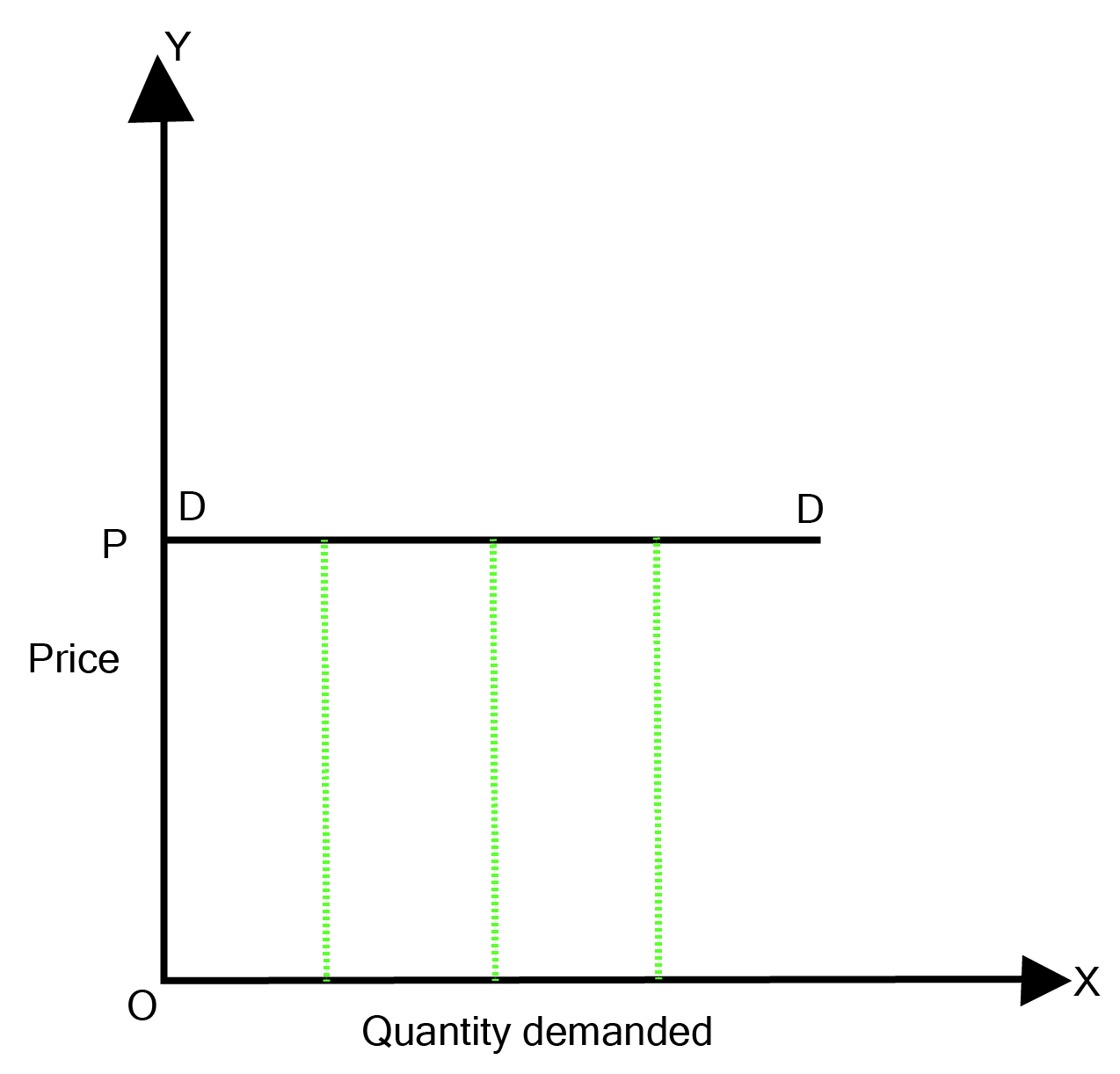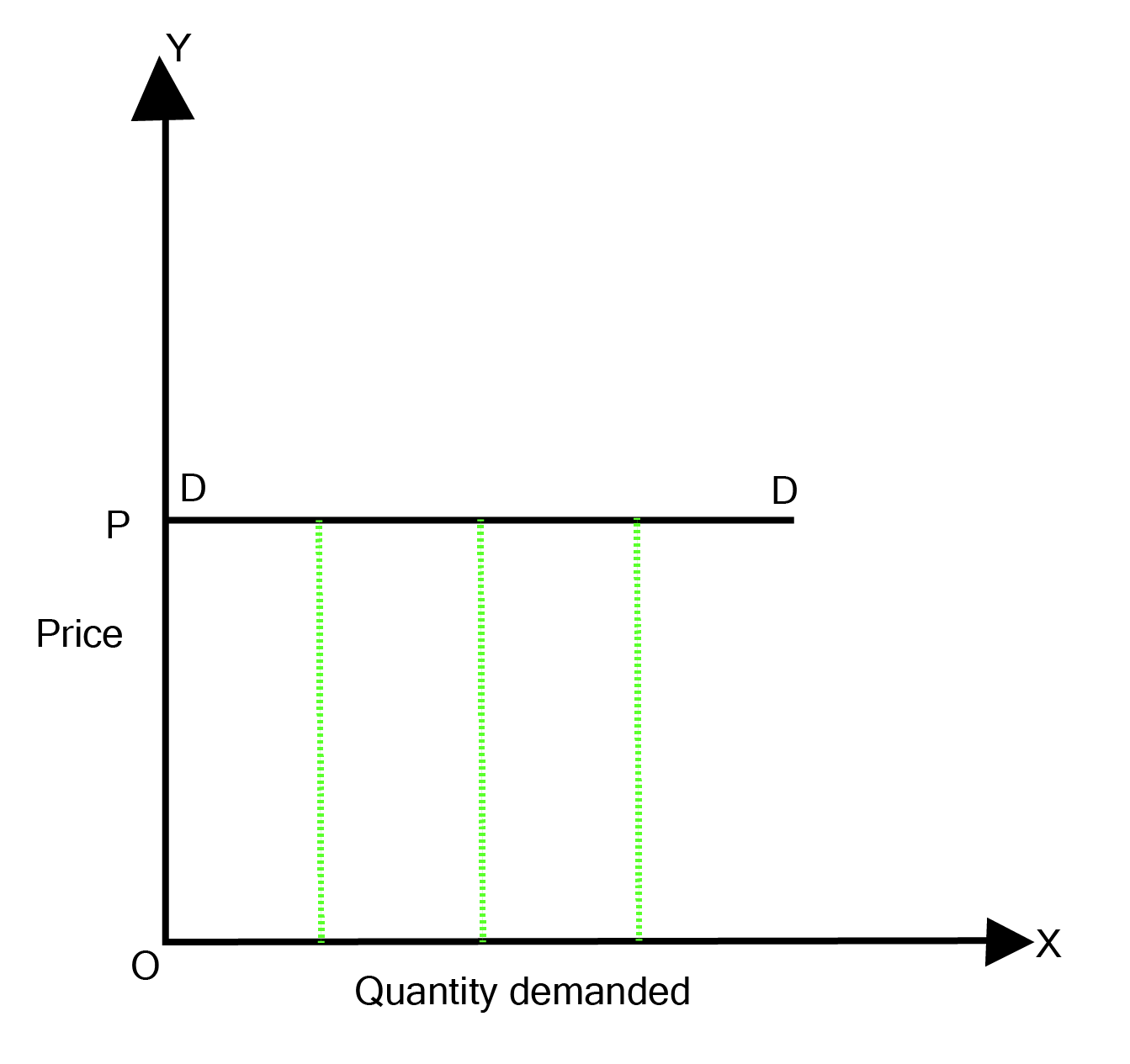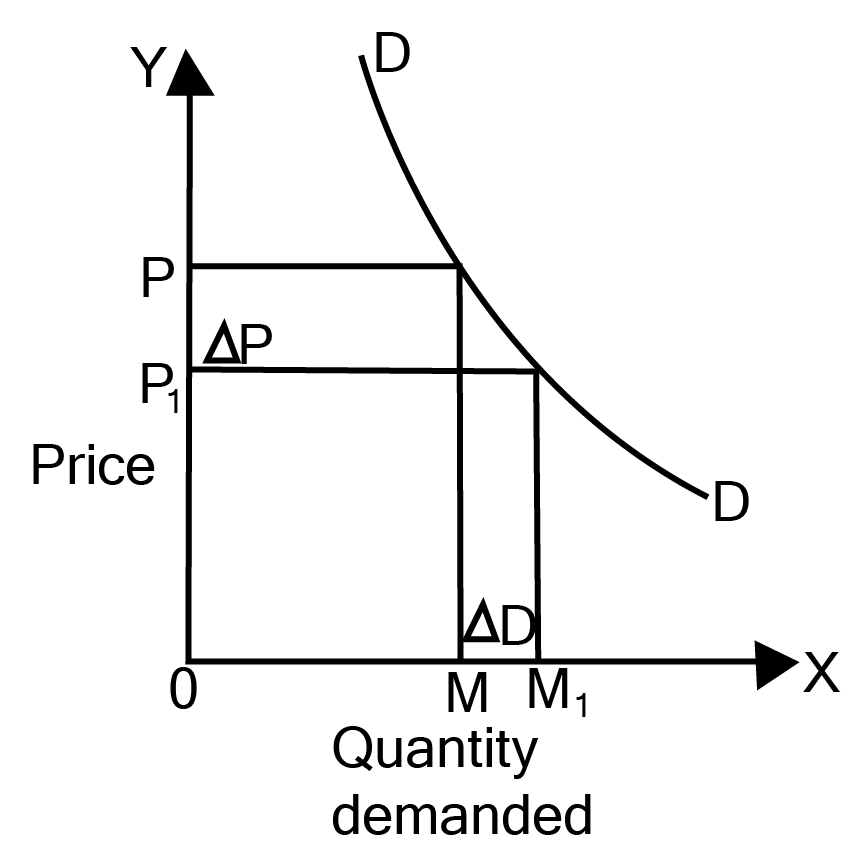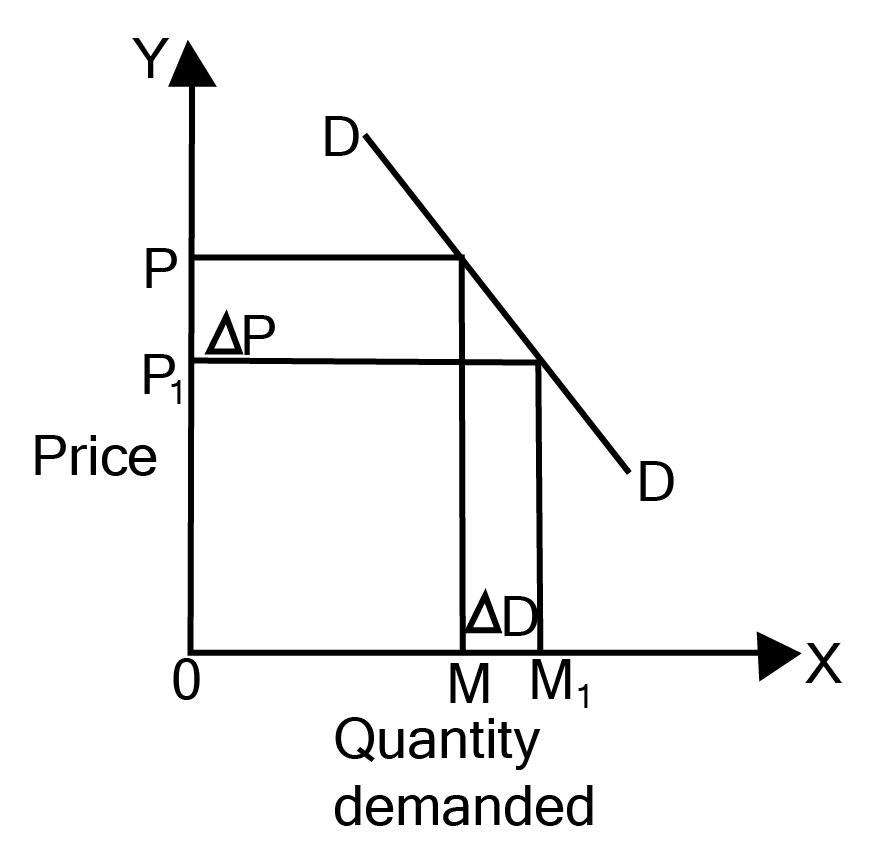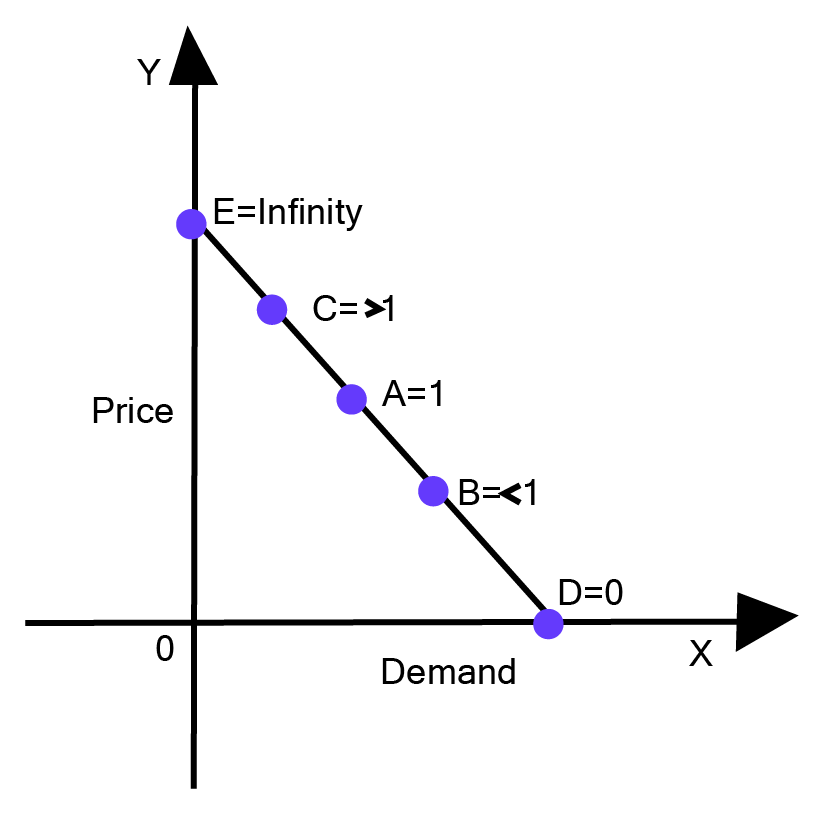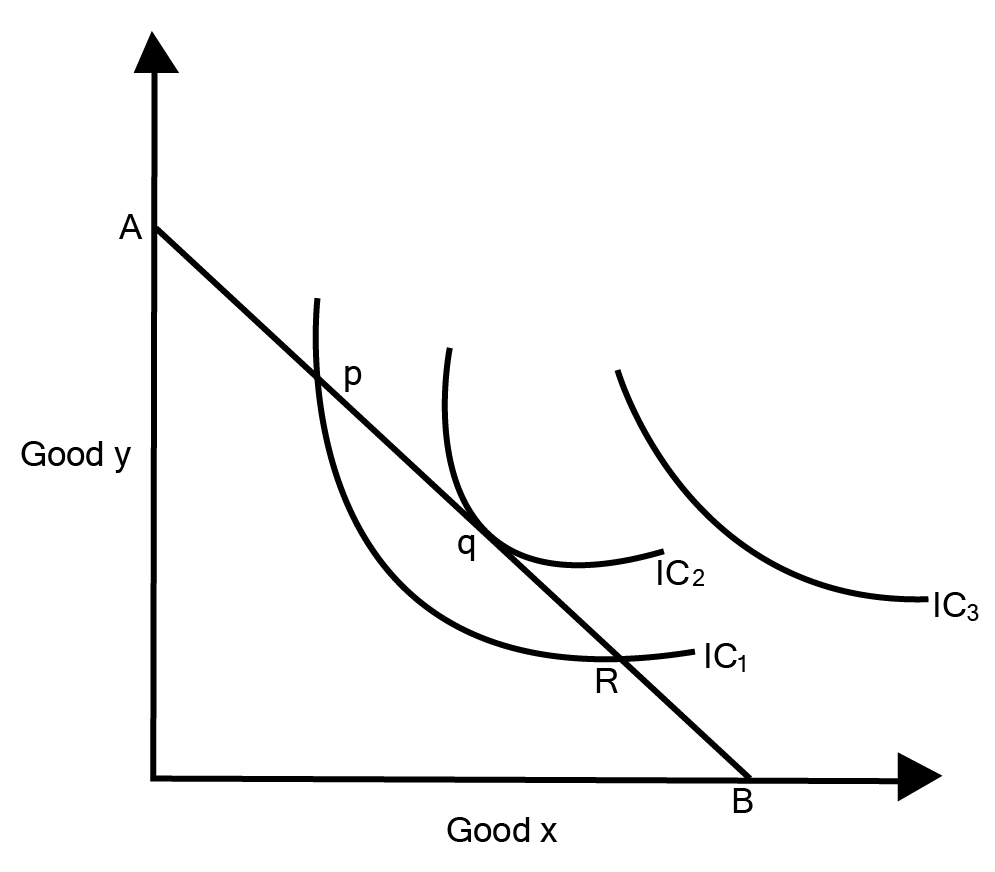CBSE Class 12 Micro Economics Chapter-2 Important Questions - Free PDF Download
FAQs on Important Questions for CBSE Class 12 Micro Economics Chapter 2 - Theory of Consumer Behaviour
1. Where do I find Economics Class 12 Chapter 2 Important questions?
The chapter wise important questions are easily available on the Vedantu site.
Visit the page Important Questions for CBSE Class 12 Micro Economics Chapter 2.
The webpage with Vedantu’s chapter wise important questions will open.
To download this, click on the Download PDF button and you can view the important questions offline.
You can get supplementary materials for other topics and subjects as well on the Vedantu site and on the Vedantu app at free of cost.
2. What are the 4 types of customer buying behaviour?
In general, there are four types of customer purchasing behaviour.
Buying behaviour is something that's difficult to understand or comprehend.
Conscious purchasing is when the buyer knows what’s necessary, which reduces discomfort.
Purchases are made on a regular basis.
Buying where there is a need for variety.
These elements have an influence on whether or not your target customer will purchase your goods. Cultural, societal, personal, and psychological factors all have a role. All these are the important levels of customer buying behaviours. For a more detailed explanation, visit the Vedantu website.
3. What is consumer behaviour analysis Class 12?
The study of how individuals make purchasing decisions about a product, service, or organization is known as consumer behaviour analysis. Consumer behaviour research may help you address a variety of questions, including how marketing efforts can be enhanced to have a greater impact on consumer behaviour, and so on. These are very important in understanding the behaviour of your customers. Hence a basic knowledge about this process is of utmost importance.
4. What do you mean by consumer behaviour?
Consumer behaviour, often regarded as consumer buying behaviour, takes into account all of the factors that influence a consumer's product search, selection, and purchase. We can also use the phrase to refer to the acquisition of services. The post-purchase stage of consumer behaviour is also included. The study of what motivates people and organizations to buy particular items and support specific brands is known as consumer behaviour.
5. What is the Consumer Protection Act?
Consumer disputes are easily and effectively attended and compensated under the Consumer Protection Act, which was enacted in 1986. It protects and encourages customers to speak up about inadequacies and faults in products and services. This legislation protects consumers' rights if traders and manufacturers engage in unlawful commerce. With the Customer Protection Act, the consumer is protected against dangerous products being sold; informed on the quality, amount, potency, purity, standard and price of goods to protect them from unfair trade practices and facilitates consumer education.























